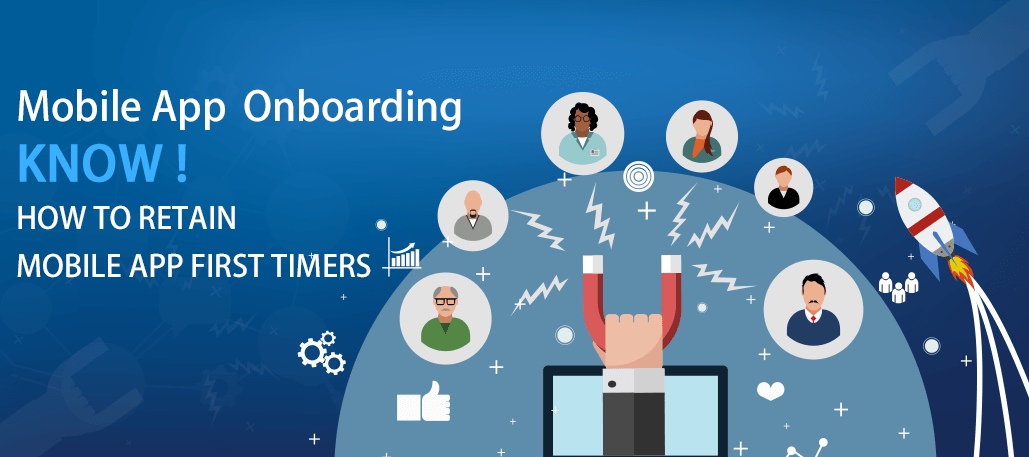
Mobile App Onboarding – Know How to Retain Mobile App First Timers
In an effort to increase user retention, app development India has been defining mobile app onboarding. Read thru the lines to know about the process.
There can be users who understand the app by looking at the user interface; while there can be other type of users who might require some kind of assistance before getting started. This is where mobile app onboarding is useful.
Mobile onboarding signifies, informing someone about the idea of the mobile app, what it is aimed at and how it is going to function. This term is basically borrowed by UI/UX designers and is a critical step in familiarizing first-time users and simultaneously convincing them to become full-time users.
Should onboarding be used in the app?
Every user needs to know how to use a particular app as soon as he opens it. In this case, they might need a visual tour or might go to help section and explore by themselves or might even resort to online chat support.
A simple app might not need mobile onboarding but there might be a need to build a strategy for a standardized app. An onboarding strategy for the app might need:
> If the mobile app contains custom-made (bespoke) gestures instead of standard interactions like text, then there might be a need to make the user aware of what the app is doing
> An app that has a complex workflow or handles some activity that is much difficult to handle without guidance, might have a variety of user roles with specific restrictions
> An app that interacts with the user to populate some kind of data and is empty in its default state
> If the website or web-app has undergone a major redesign and the site owner wants to acquaint its users with the new app idea
> If the app owners have introduced a new concept which is new to the users
Assorted Onboarding Techniques
Mobile applications have been grappling with finding out target audience, high debt, pricing pressure, increased competition, getting noticed, being simple, clear and interactive, managing content, battery life, and performance, connecting with users and app marketing to name a few and many other major challenges.
Onboarding Approach #1 – This includes tutorials and walkthroughs
A walkthrough in its simplest form makes the user understand the tips and tricks to work around the app. From static instructions to interactive demo sessions, they can take up any form. They essentially educate users to interact with the app. An interactive walkthrough is more preferable as compared to a static one because users tend to get bored if static instructions (It might mean blocking users and increasing cognitive load) are displayed and instantly want to shift on to next screen.
Onboarding Approach #2 – This includes interacting with apps’ interface
> This must not include multiple coach marks at the same time
> A chain of tips or solutions listed in a row also does not solve the problem. Instead, considering one problem at a time and displaying only the useful instructions will not cause the users to dismiss them as soon as they appear.
> Only focused, prioritized and succinct hints must be displayed on the screen, that explain the obvious things and direct first time users to discover app features subsequently
Onboarding Approach #3 – Filling up for empty states
> A user must be redirected to some useful and interactive content in case some space is empty and this is where they actually require some onboarding
> This calls for the fact that a dead-end page or open-ended questions must not be made part of this space
> The users must be provided with an obvious reason to move forward. They must be re-directed via instructions to move ahead. Put a captcha, a puzzle or something challenging that might trigger the user to take an initiative or action
> Expectations for future must not be kept and fake statistics or data must not be printed online in case real-time data is not available
> Some sample data like a welcome message in the header or a redirection text must be displayed that helps users to stay informed
> Success states must be included and the app must be able to delight users with some nice animation
Succinct Analysis
Mobile app development companies must think about what kind of experience a first time user deserves and must design app around that idea. The approaches discussed above might be helpful to new and old users and might help them understand the various features of the app.
